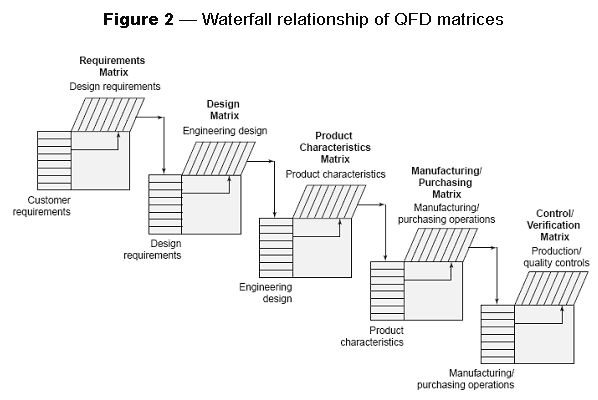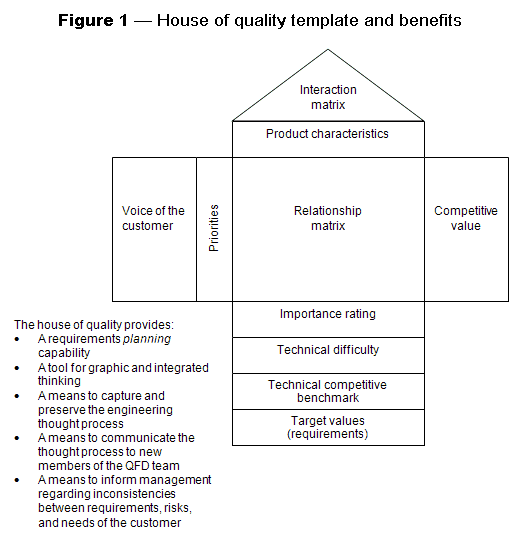

We invite you to participate in our public events to build your professional skills, check out what is new, and network with like-minded colleagues. Dedicated to research, advancement, and training of the state-of-the-art tools and best practices, we are a member of the International Council for QFD, the American host of the ISQFD, and a major contributor to the body of knowledge in ISO 16355. The QFD Institute is the official source for QFD and ISO 16355 resources and training. It obsoletes the classical House of Quality and 4-phase approach.Īdvanced QFD is a unified system to connect the voice of stakeholders and organizational requirements of management to facilitate innovative opportunities and strategic alignment across all business fuctions. Now part of the ISO 16355, it is a focused analysis of the voice of the customer, mathematically sound prioritization, and is coupled with lean, efficient deployments. Modern QFD was developed by the QFD Institute to address today's business models that are agile, global, and technology-infused.

QFD continues to evolve, from its early days as a technique for assuring quality before manufacturing.

It includes customer requirements management (CRM) and design for customer value (DFCV). The software programming coherent with Iranien data was prepared and present in this study.QFD is an internationally recognized methodology for customer needs analysis and solution development. Therefore the PDS is favorable for hydrometric stations with limited data availability. The PDS method arrives quickly towards population for a given data. However the results for this study area show this difference is negligible for 27 years data. Compare the theoretical results of the PDS and MAS methods indicate that the estimated values of PDS for 10 and smaller return period, are greater than those of MAS. The Soltani hydrometric station in Halilrood River located in south-west of Kerman province, Iran was selected as a case study. This subject can be validated and examined in the PDS using randomness and stationary tests.

In contrast, the main advantage of the maximum annual series (MAS) can be referred to the inherent independence of the data. Selecting the most appropriate observations as representative for floods is the main characteristics of the PDS method. In this method, randomly several observations are selected for a given year while some years have no observation greater than the threshold to be selected. In this study a method selected to investigate the partial duration series (PDS) in which the samples are greater than a pre-identified threshold. In water resources projects, the maximum instantaneous discharge as well as the maximum average flood discharge and their corresponding volumes in any given durations and return periods are required.


 0 kommentar(er)
0 kommentar(er)
